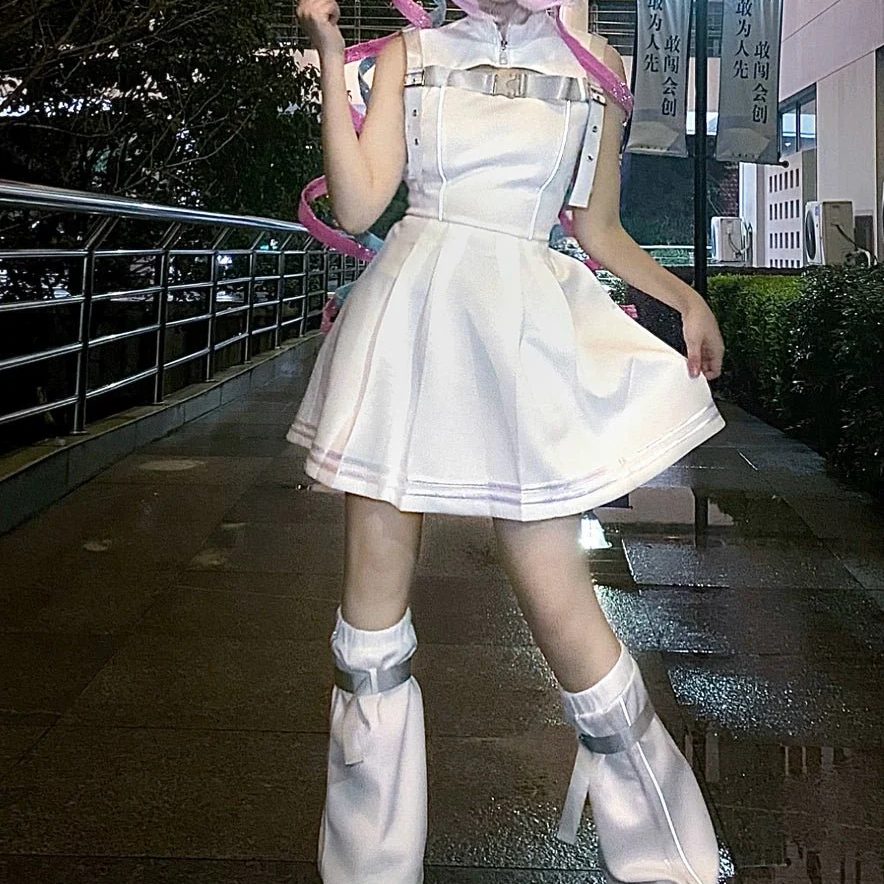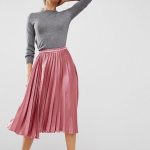Introduction: What is a Y3K Outfit?
A Y3K outfit refers to the clothing styles and trends expected in the year 3000. As we imagine the fashion of the future, it is exciting to consider how technology, sustainability, and cultural influences will shape our wardrobes. While the specifics are difficult to predict, we can envision a blend of practical, stylish, and environmentally conscious pieces transforming our daily attire.
In this article, we will explore the defining characteristics of Y3K outfits, how technology will influence design, the importance of sustainability, and the cultural impact on fashion. This exploration will help us understand what we may wear in the distant future.
Technology and Its Influence on Y3K Outfits
Smart Fabrics
Smart fabrics will play a crucial role in Y3K outfits. These materials could offer features like temperature regulation, moisture-wicking, or even health monitoring. Imagine wearing a shirt that cools you down on hot days or a dress that tracks your physical activity.
Wearable technology embedded in clothing may also allow for seamless connectivity with devices. This integration beacons a new era in fashion where practicality meets innovation. As smart fabrics advance, everyday clothing will become more functional, enhancing the quality of life for wearers.
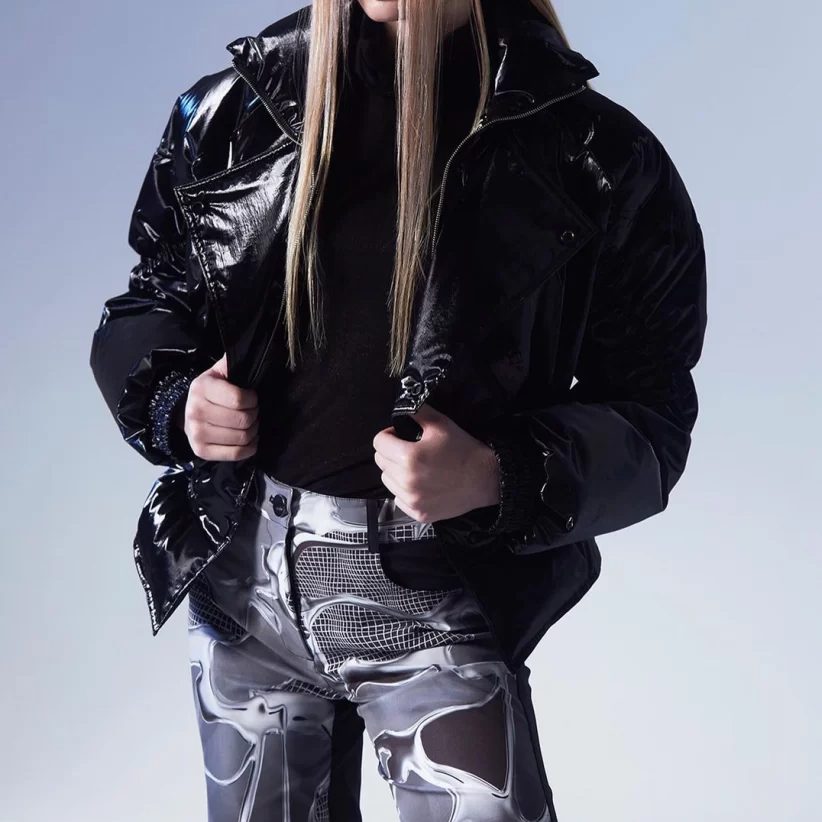
Interactive Clothing
By the year 3000, interactive clothing may become a reality. Picture outfits that change color based on your mood or illuminate during special occasions. These changes could be controlled through a mobile app, allowing for personalized fashion that reflects individual personality.
Interactive clothing could also provide feedback about health and environmental conditions. This information could empower wearers to make better decisions regarding their well-being. The fusion of technology and fashion will enable a new level of self-expression in Y3K outfits.
Sustainability in Y3K Fashion
Eco-Friendly Materials
Sustainability is vital for the future of fashion. Y3K outfits are likely to favor eco-friendly materials like organic cotton, recycled polyester, and biodegradable textiles. Using these materials minimizes environmental impact and promotes a more responsible approach to clothing production.
Expect to see innovations such as lab-grown fabrics that utilize advanced technologies. These alternatives can significantly reduce waste, energy consumption, and pollution. Focusing on eco-friendly materials will drive the fashion industry towards a more sustainable future.
Circular Fashion
The concept of circular fashion will likely dominate in Y3K. This model encourages recycling, upcycling, and sharing rather than a linear approach of “buy-use-dispose.” In a circular fashion system, clothes will be designed with their end-of-life in mind.
Brands may offer take-back programs to recycle old garments, ensuring materials are repurposed instead of ending up in landfills. Communities could host clothing swaps and repair workshops, promoting sustainable practices. Y3K outfits will emphasize thoughtful consumption, creating a renewed sense of value for clothing.
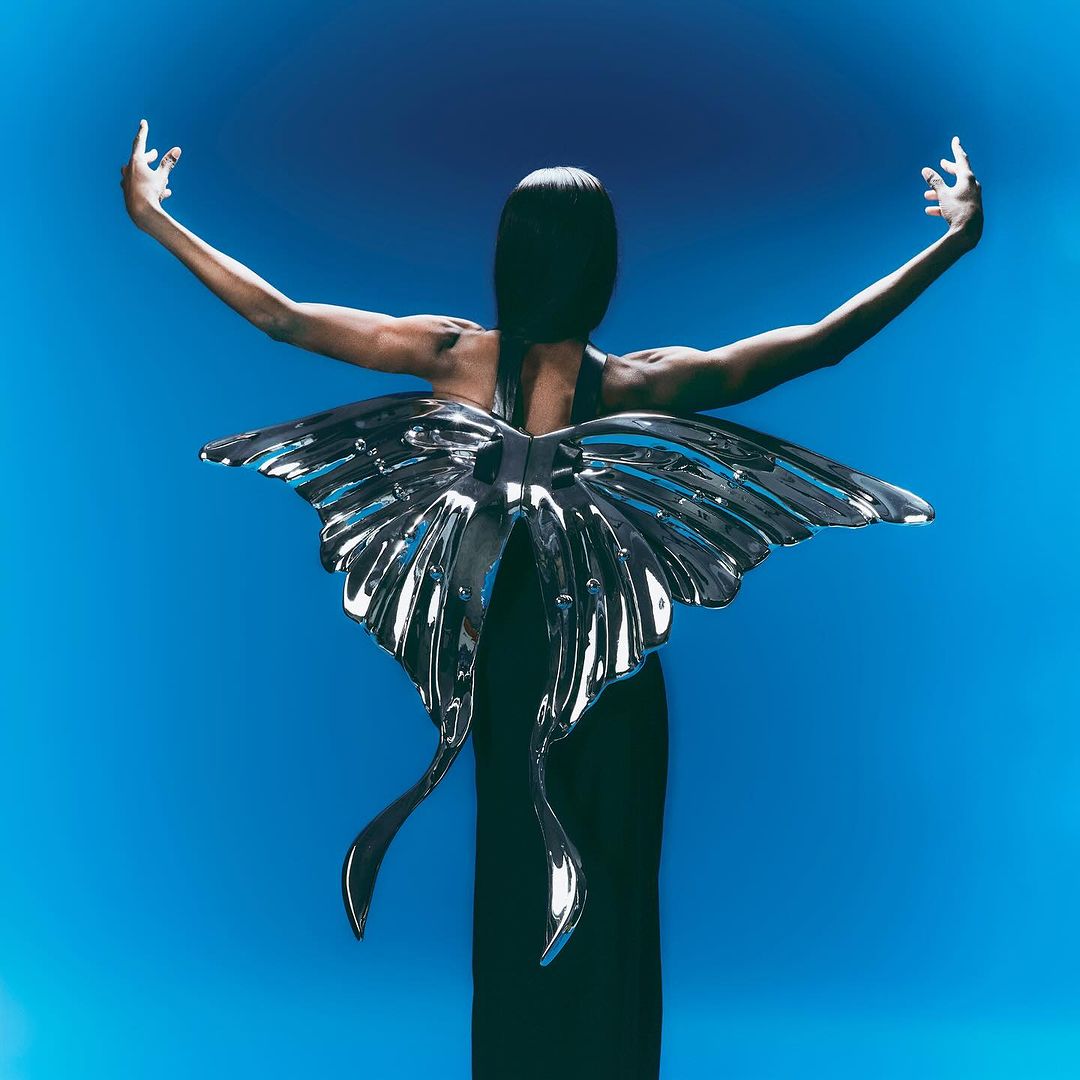
Cultural Influences on Y3K Outfits
Global Fusion of Styles
In Y3K, fashion will reflect a fusion of global cultures. As people become more interconnected, designers will draw inspiration from various cultural elements. Traditional patterns, colors, and crafting techniques may blend seamlessly into modern designs.
This global fusion will celebrate diversity and promote cross-cultural understanding. Wearing outfits inspired by different cultures can create a sense of unity. Y3K fashion will highlight the importance of appreciating and honoring diverse cultural heritages.
Reviving Traditional Techniques
Alongside a global fusion, there will likely be a revival of traditional techniques in Y3K outfits. Craftspeople may collaborate with contemporary designers to incorporate hand-stitched patterns or age-old weaving methods into modern clothing.
By integrating these techniques, Y3K fashion can tell stories that connect individuals to their roots. This revival will not only preserve cultural heritage but also provide artisans with economic opportunities. The combination of tradition and innovation will define the clothing landscape of the future.
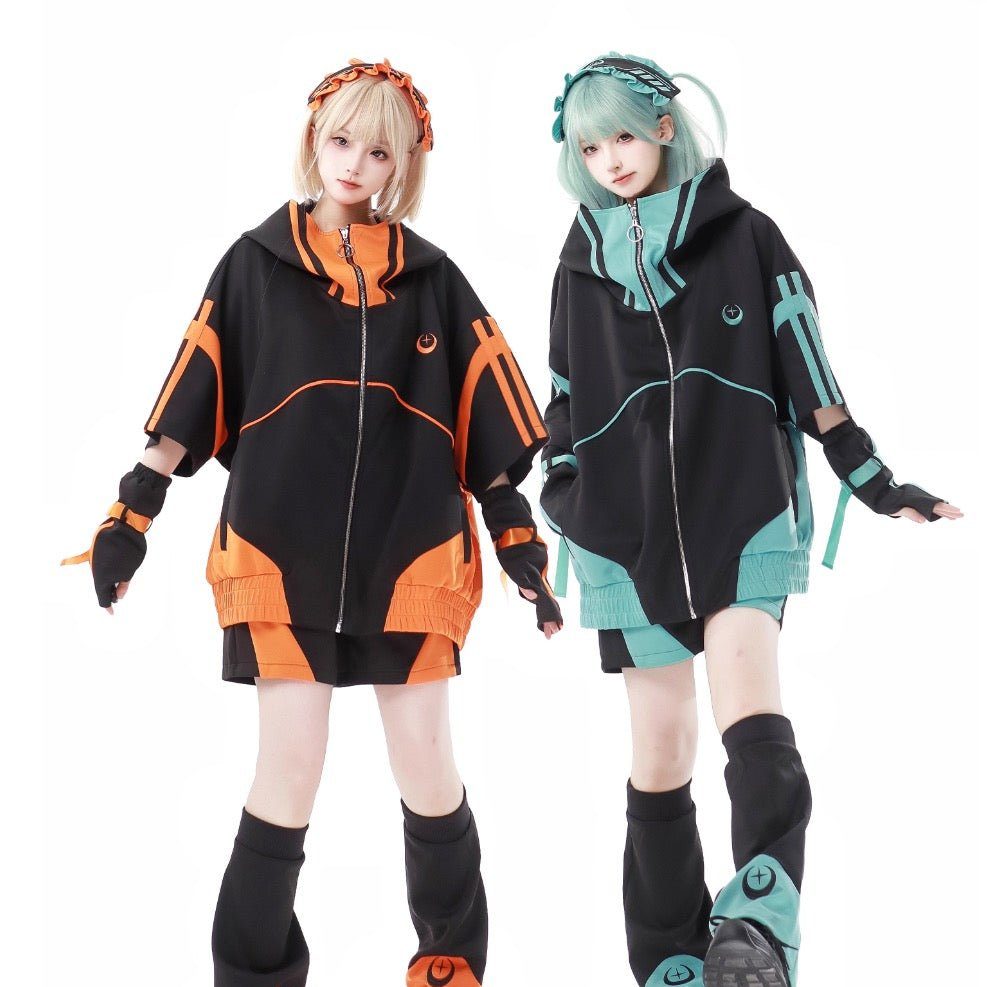
The Evolution of Accessories
Functional Accessories
In the Y3K era, accessories will prioritize functionality alongside style. Imagine bags that can charge your devices or jewelry that monitors your health. These multifunctional accessories will seamlessly integrate into daily life, enhancing convenience.
Wearing accessories that serve practical purposes will become the norm. Moreover, fashion will merge with technology, allowing for smart options that provide real benefits. The evolution of accessories will redefine how we view and use them in our outfits.
Sustainable and Ethical Accessories
Sustainability will also affect accessory design in Y3K. Expect to see more brands using recycled materials, fair trade practices, and ethically sourced components. Accessories made from biodegradable materials will become popular, promoting responsible consumption.
Consumers will increasingly seek out brands that align with their values. Wearing sustainable accessories will not only make a style statement but will also signify commitment to the environment. These choices will contribute to a more conscientious fashion culture.

Personalized Fashion Experiences
Tailored Outfits
As we move toward Y3K, personalized fashion will be a game changer. Individuals will have the opportunity to customize their clothing to fit their unique preferences. From selecting colors to choosing styles, the possibilities will be endless.
Using advanced technology, manufacturers can produce made-to-order items, reducing waste and overproduction. Tailored outfits will create a more intimate shopping experience, allowing people to express their individuality through their clothing choices.
AI-Driven Recommendations
Artificial intelligence will significantly influence personalized shopping experiences in Y3K. Algorithms may analyze past purchases, preferences, and even social media activity to provide tailored recommendations. This approach ensures that shoppers find items suited to their tastes with ease.
As a result, consumers will spend less time searching for the perfect outfit and more time enjoying their style. This seamless shopping experience will make fashion more accessible and enjoyable for all, encouraging personal expression in daily wear.
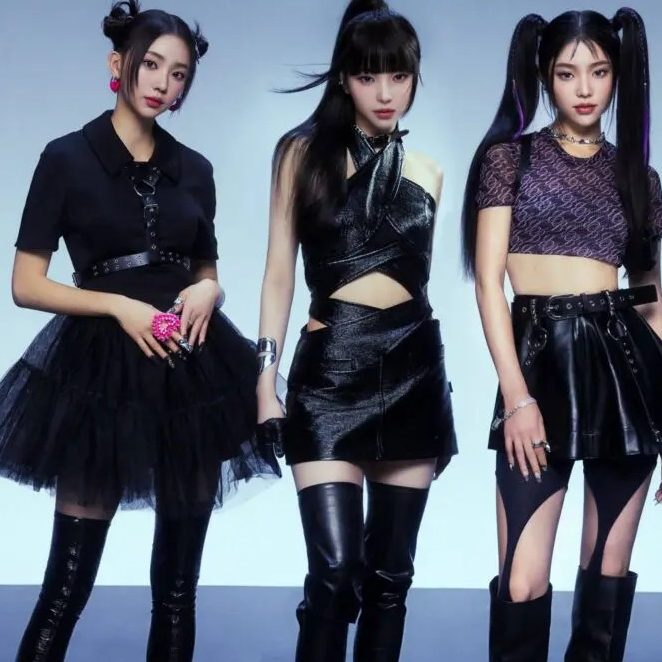
The Future of Fashion Education
Innovative Learning Environments
Fashion education will evolve substantially by Y3K. Institutions may adopt cutting-edge technologies, providing students with hands-on experiences in virtual studios. Learning will involve real-time collaboration using digital tools, allowing for a blend of creativity and technical skill.
Courses will likely focus on sustainability, advanced textiles, and ethical practices. This shift prepares future designers to meet the demands of the evolving fashion landscape. As education evolves, students will be well-equipped to contribute meaningfully to the industry.
Accessible Education for All
By Y3K, access to fashion education may become more inclusive. Online courses and training programs could provide opportunities for individuals globally, no matter their location. This democratization of knowledge will empower aspiring designers from diverse backgrounds.
Strategies such as scholarship programs and community workshops will help bridge gaps in accessibility. With comprehensive support, more voices will enter the fashion industry, enriching it with varied perspectives. The future of fashion will thrive on diversity and innovation, ultimately shaping Y3K outfits.
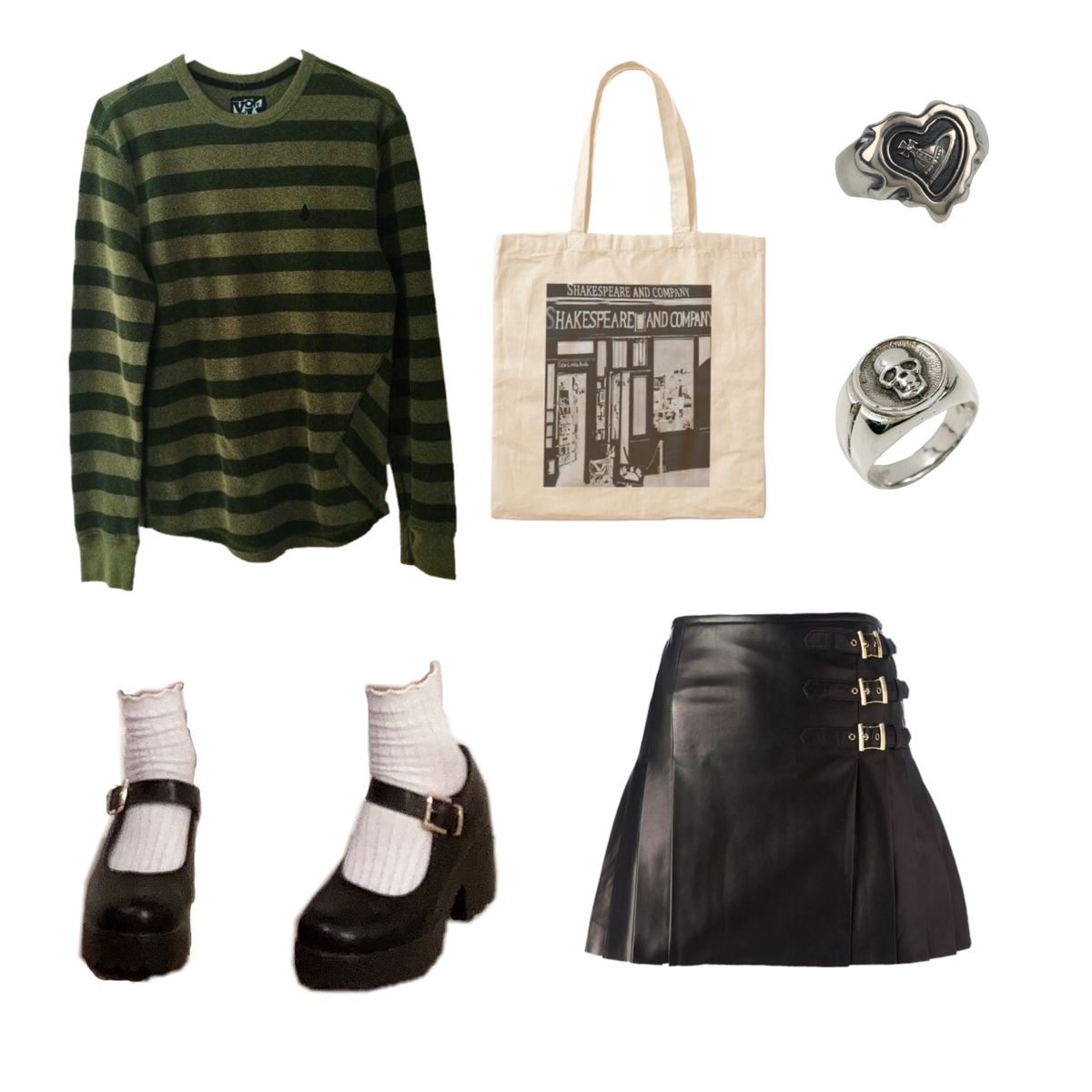
The Role of Community in Y3K Fashion
Collaborative Fashion Initiatives
In the era of Y3K, community engagement will play a vital role in shaping fashion trends. Collaborative initiatives, such as local fashion collectives, will encourage artisans and designers to work together on sustainable projects. These partnerships can lead to the creation of unique garments that reflect the collective identity of the community.
Workshops and events focused on sharing skills, such as sewing or dyeing, will empower individuals to play an active role in their fashion choices. By participating in these initiatives, individuals will not only learn valuable skills, but also deepen their sense of belonging. The emphasis on collaboration will foster creativity, bringing people together for a common purpose: celebrating fashion that is both personal and rooted in community values.
Fashion Activism and Social Responsibility
Fashion activism will likely rise in prominence by the year 3000. Many brands will take a stand on social justice issues, using their platforms to advocate for change. This activism could take many forms, from promoting fair labor practices to championing environmental protection.
Consumers will increasingly look for brands that align with their values. Outfits may serve as statements, allowing individuals to express solidarity with important causes. By making conscious choices in their fashion, people can inspire others and drive societal change. The blending of activism and fashion will create a powerful narrative, showcasing clothing as a medium for empowerment and responsibility.
Conclusion: Envisioning the Future of Y3K Outfits
In conclusion, Y3K outfits will signify an exciting convergence of technology, sustainability, and cultural influences. As we envision the fashion of the future, it becomes clear that our choices today can shape tomorrow. From smart fabrics to personalized experiences, the possibilities for innovation are vast.
Embracing sustainable practices and honoring diverse cultural influences will ensure a vibrant and responsible fashion landscape. Designers and consumers alike will contribute to a world where style reflects not just individual identity but also a commitment to community and the environment.
As the year 3000 approaches, let us imagine a future where our outfits do more than simply adorn us. They will tell stories, promote sustainability, and foster connections with the world around us. By actively engaging in this vision, we can collectively create a fashion culture that is meaningful, innovative, and inclusive.
